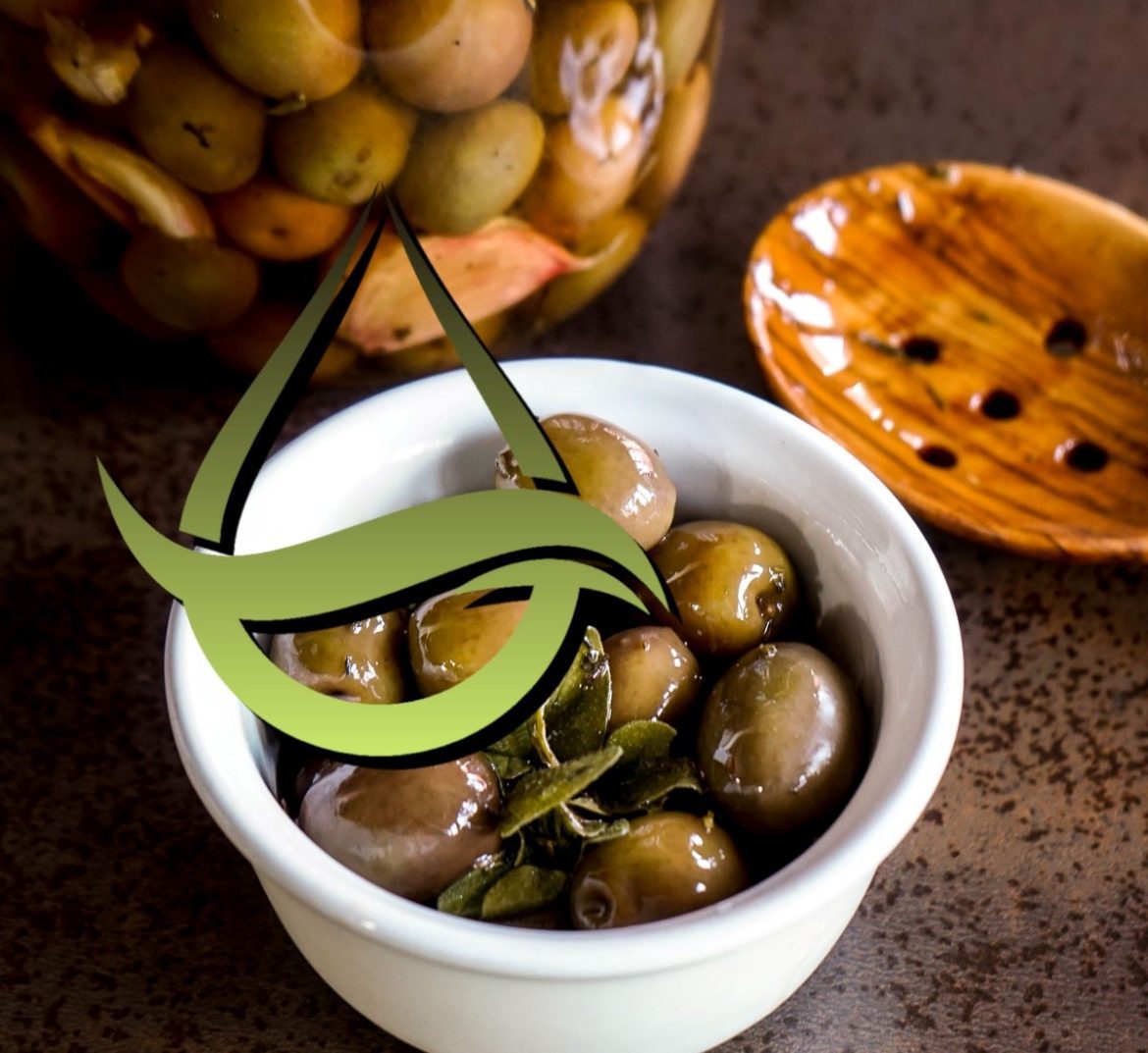Caustic soda, also known as sodium hydroxide, is a strong alkaline chemical compound widely used in various industries. Although primarily recognized for its applications in cleaning products, textile manufacturing, and water treatment, caustic soda has also found its way into the food industry, albeit in a regulated and controlled manner. This essay will explore the various applications of caustic soda as a food additive, addressing its role in food production, preservation, and processing.
Production of high-fructose corn syrup
One of the main uses of caustic soda in the food industry is its involvement in the production of high-fructose corn syrup (HFCS). HFCS is a common sweetener used in a wide range of food products, including soft drinks, baked goods, and processed foods. Caustic soda is employed in the corn refining process to extract starch from corn, which is then converted into sugars through enzymatic reactions. Sodium hydroxide is used to adjust the pH levels during the refining process, enabling the conversion of starch into the desired sugar content for the production of HFCS.
Food preservation
Caustic soda also plays a significant role in food preservation, particularly in the processing of olives. Green olives, naturally bitter in taste, undergo a curing process to enhance flavor and reduce bitterness. This process involves soaking olives in lye, a solution containing caustic soda. The caustic soda helps in removing the bitter compounds present in the olives, making them more palatable. After the lye treatment, the olives are thoroughly washed and subjected to brine or vinegar, further preserving their taste and texture.
Related Post: CURIOUS CULINARY ADVENTURES: EXPLORING THE USE OF CAUSTIC SODA IN COOKING
Improving the appearance and texture
In addition to its preservation properties, caustic soda is involved in improving the appearance and texture of certain foods. The use of sodium hydroxide in the preparation of traditional pretzels, for example, allows for the distinctive brown coloration and characteristic chewy texture. Pretzels are dipped in a lye solution containing caustic soda before baking, creating a complex reaction that enhances their taste, appearance, and overall appeal.
Cleaning and sanitizing
Furthermore, caustic soda finds its application in the food industry as a cleaning and sanitizing agent. It is used for cleaning food processing equipment, ensuring high levels of hygiene and preventing the growth of bacteria and other harmful microorganisms. Its strong alkaline properties help remove organic materials and stubborn residues that may accumulate during food processing, ensuring a safe and healthy production environment.
Regulation of pH
Aside from directly relating to food production and processing, caustic soda is also involved in the regulation of pH levels in certain food products. It can be used to adjust the acidity or alkalinity of various food items, ensuring optimal taste, texture, and shelf life. Some food products, such as canned vegetables or fruits, may require pH adjustments to maintain their quality and prevent spoilage. Caustic soda offers an effective means of achieving the desired pH levels without compromising the overall integrity of the product.
While caustic soda does have multiple applications as a food additive, it is important to note that its use is strictly regulated. The Food and Drug Administration (FDA) and other regulatory bodies have established guidelines and permissible levels for the use of caustic soda in food processing. These regulations ensure that the compound is used within safe limits and does not pose any health risks to consumers.
Related Post: ENSURING PURITY AND SAFETY: REQUIREMENTS OF FOOD-GRADE CAUSTIC SODA IN ANALYSIS AND PRODUCTION
In conclusion, caustic soda has various applications as a food additive, contributing to the production, preservation, processing, and sanitation of numerous food items. From its involvement in the production of high-fructose corn syrup to its role in the curing of olives and the preparation of pretzels, caustic soda offers unique properties that enhance the taste, appearance, and shelf life of various food products. However, it is important to adhere to regulatory guidelines to ensure its safe and controlled use in the food industry.







